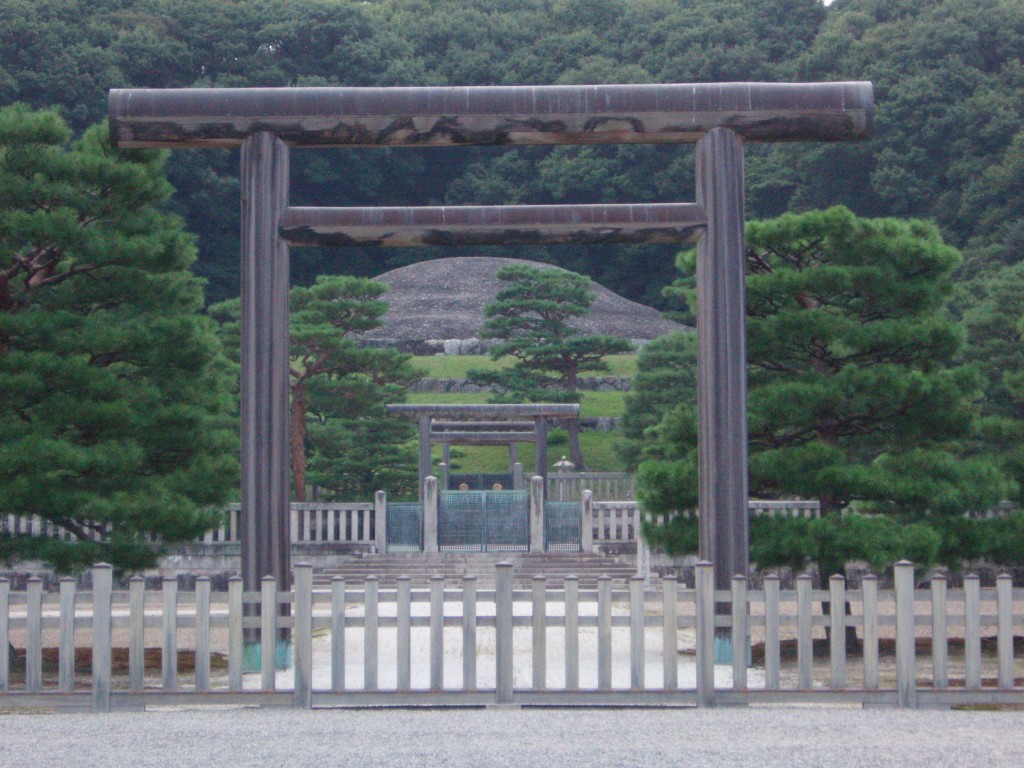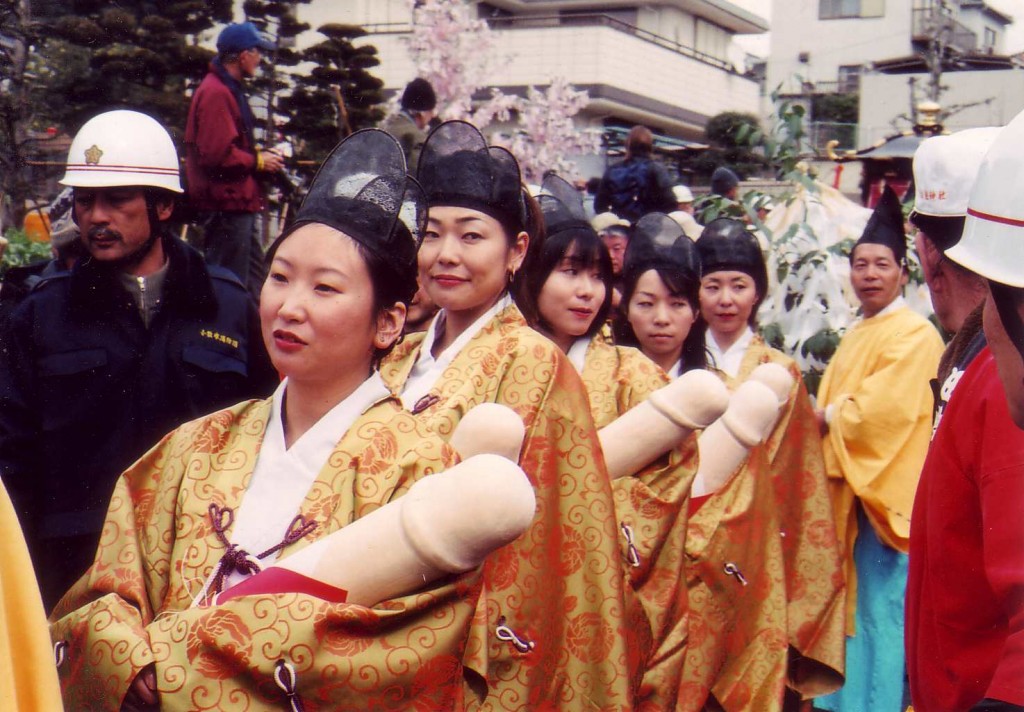
Imperial burial mounds illustrate how ancestor and nature worship go hand-in-hand
The spring equinox is celebrated in Japan with Shunbun no hi, a national holiday. It was established in 1948 as a day for the admiration of nature and the love of living things. Prior to 1948, the vernal equinox was an imperial ancestor worship festival called Shunki kōrei-sai, which shows how animism and ancestor worship overlap in Japanese consciousness.

Wheel of the year showing the eight Neo-Pagan celebrations (Wikicommons)
In religious terms the week around the equinox is known as higan, which is a time for refreshing ties with ancestral spirits. It’s the custom to clean up family graves, offer flowers and pay respects or report new events.
For those of us in the Northern hemisphere days the equinox brings the prospect of greater warmth and longer daylight hours. it’s traditionally associated with pagan ideas of rebirth, renewal and regrowth. Small wonder then that the Christians used the time of year to celebrate Resurrection. (Easter is the first full moon after the equinox.)
For neo-pagans the equinox is one of the eight occasions for seasonal celebration during the annual cycle. The rites draw on customs taken from different sources.
In Germanic traditions the fertility goddess Ostara is thought by some to refer to the Eastern star and is associated with Eostre, from which Easter derives. Other mythologies associated the occasion with fertility and the return of vegetation gods. Thus egg decorating was a common form of celebration throughout Europe, and Ostara in particular was associated with the fecund symbols of the hare and egg.
In Shinto too springtime is marked by fertility festivals in many places, the most famous of which these days is the Honen Festival near Nagoya on March 15, when a giant phallus is paraded through the streets. That this life-giving symbol should ever have been made taboo in the West suggests a curious lack of balance in traditional values, and for some meditative thoughts on the need for balance at this time of year, please refer to an earlier Green Shinto posting here.
****************************************************************

Part of the procession at the Honen Festival held shortly before the spring equinox, held to promote fertility in crops and humans

Leave a Reply